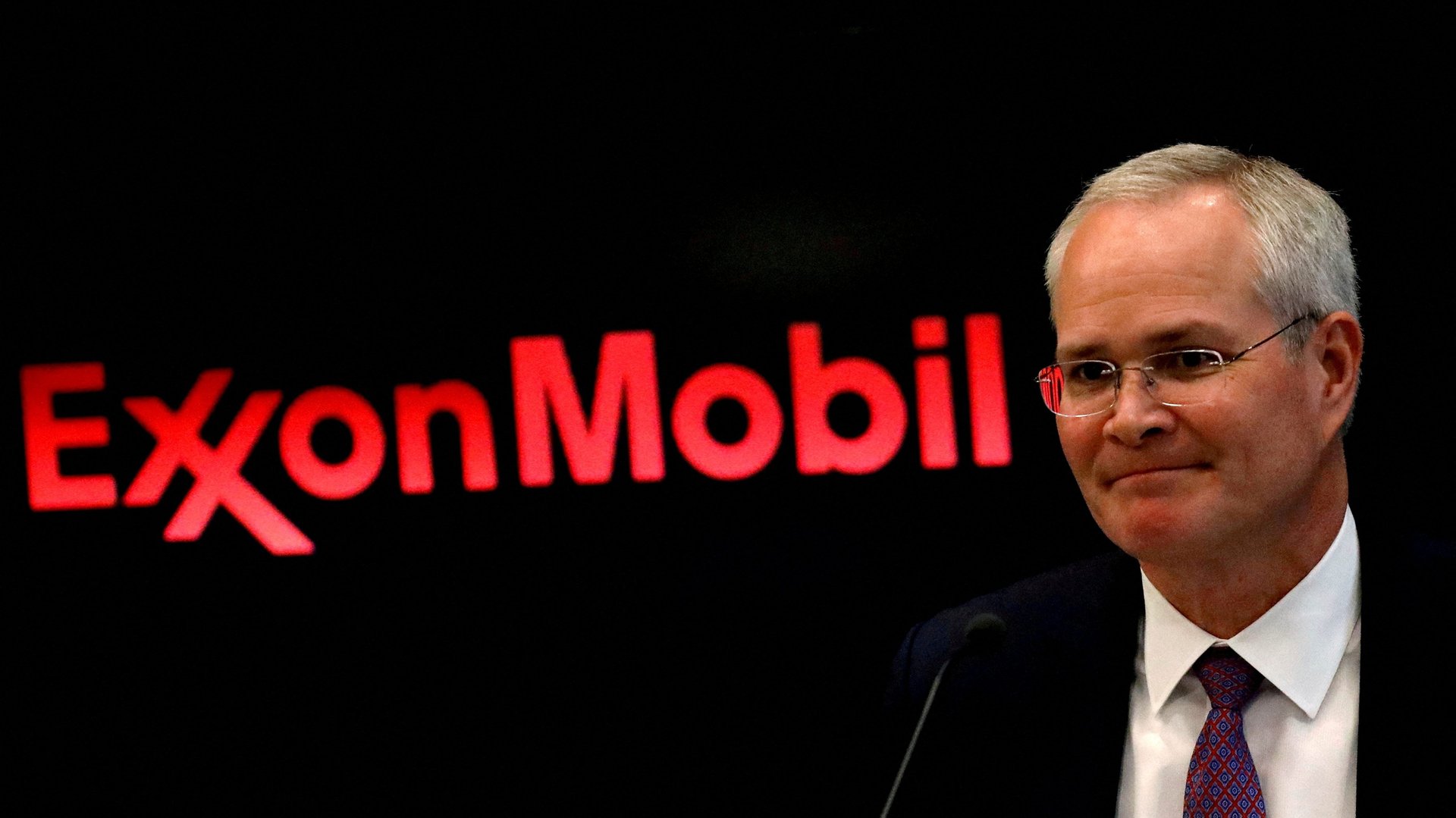The $3.4 billion write-down in Russia isn’t enough to stop surging profits at Exxon
The war in Ukraine has been great for the bottom lines of multinational oil and gas companies, even though many have had to abandon billions of dollars worth of assets in Russia.


The war in Ukraine has been great for the bottom lines of multinational oil and gas companies, even though many have had to abandon billions of dollars worth of assets in Russia.
ExxonMobil and Chevron posted surging first-quarter profits on April 29, buoyed by oil prices that have stayed above $100 per barrel since the Russian invasion. Exxon’s profit for the quarter hit $5.5 billion, double the same period last year even after having to write off $3.4 billion for exiting its Sakhalin-1 drilling operation in Russia. Chevron, which doesn’t have drilling operations in Russia, posted a $6.3 billion profit, four times higher than the same period last year.
Investors are happy, but members of Congress are not
Following a pattern it established last year, Exxon will direct much of that windfall into the pockets of its investors, by tripling its share buyback program to $30 billion. That has frustrated some members of the US Congress, since oil majors pocketed $8.2 billion in taxpayer bailouts during the pandemic. And it’s a missed opportunity on climate change, said Andrew Logan, senior oil and gas director at the sustainable investment nonprofit Ceres.
“We will look back on this period of high oil prices as a missed opportunity for the US supermajors to lean into the transition,” he told Quartz. “The massive amounts of cash these companies are generating could have been used to build a foundation in low-carbon energy, one that would serve them well in the future. While Chevron and Exxon are indeed making incremental new investments in low carbon, these are still incredibly modest.”